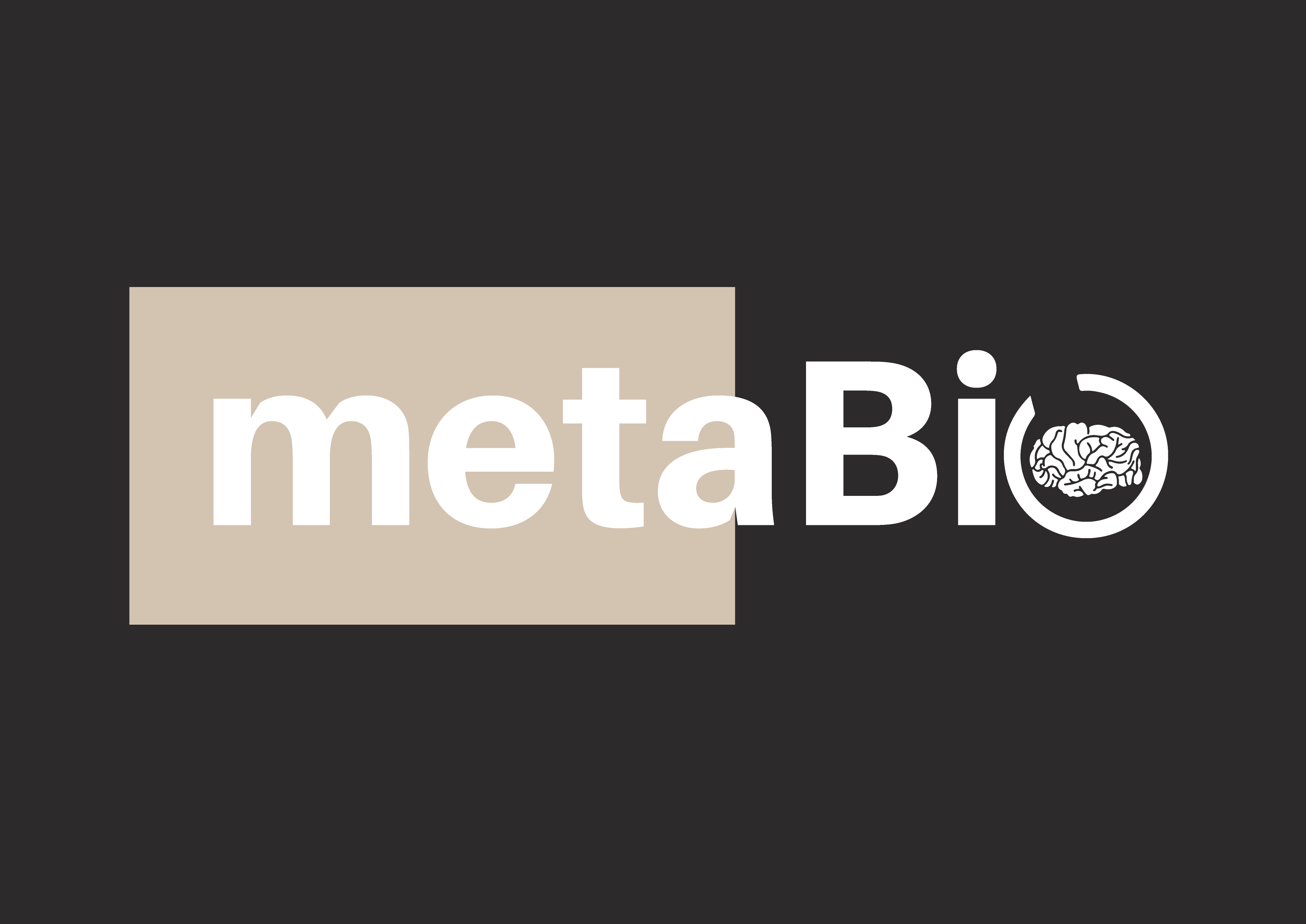Comment on new preprint "Establishing a baseline for human cortical folding morphological variables
Our most recent preprint and in submission manuscript is one of the manuscripts from Fernanda Hansen P. de Moraes PhD Thesis. The full text is available in medRxiv. Here are some comments on it.
In this manuscript, we aimed to solve issues regarding the model’s fundamental aspects to human applications. After being proved that: i) cortical folding follows a universal rule for mammals; ii) this universal rule is still valid for humans, and iii) even in smaller parts of the brain; we demonstrated in Manuscript 1 that the variable extracted from this model is a valuable neurodegeneration biomarker, and it translates with reasonable sensitivity brain structural alterations.
Hereafter, we aimed to characterize the model’s typical values for humans during the human lifespan. Characterizing typical values is extremely important for a novel variable to help other studies test their hypothesis. Despite this, it is a challenging task. To characterize the typical human lifespan in morphometrical variables, here K, S, and I, one needs to provide general values that could be used by most of the studies. The simplest way to achieve this is by including the most extensive number of subjects possible.
Consequently, we will have structural MRI samples from different study sites, equipment, acquisition protocols, and lifestyle factors that could imply differences in the measured brain structure. All the heterogeneity from the, at least, different acquisition and processing methods and material imply more uncertainty on the typical value evaluation. Therefore, we propose in this manuscript three major results:
- The estimative of typical values for K, S, and I during the human lifespan. As a practical application, compare rate changes between Cognitive Unimpaired Controls, Alzheimer’s Disease and Mild Cognitive Impairment.
- We estimated the uncertainties related to the morphological variables from methodological heterogeneity, repeated measures, and natural uncertainties in our species (natural fluctuation of values in the typical space).
- A straightforward method of harmonization multiple samples from different sites. It reduces the variability of the methodological heterogeneity and allows direct generalization to a broad set of morphological variables.
The impact of these fundamental aspects of the cortical folding model is beyond the apparent simplicity of the initial task. From the typical values, we can estimate K, S, and I with high confidence from an artificial sample in case of control subjects lack. From the uncertainties, we described the model limitations. With the estimated limitations, we are now confident to compare groups with subtle changes in brain structure. For example, enriched samples of subjects with a genetic predisposition to psychopathological events or estimate the conversion of Mild Cognitive Impairment to Alzheimer’s Disease. Further, the harmonization procedure extends our possibilities. It permits direct applications as combining different samples to increase the statistical power in hypothesis testing and estimating Type II errors of different acquisition protocols at the same equipment or similar protocols on different equipment.
Finally, we expect future studies to describe typical values for newborns, children, teens, and early adulthood, evaluate the improvement of the harmonization procedure with high-order functions, and reproduce the estimation of the typical values with longitudinal data.
The code used for the analysis in this manuscript is available on this GitHub.
